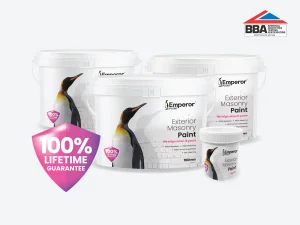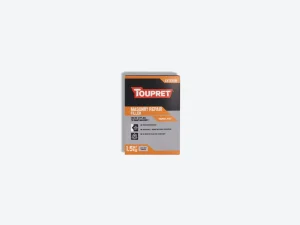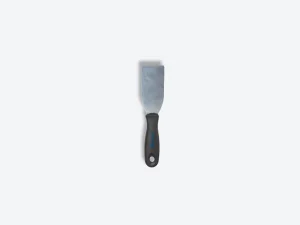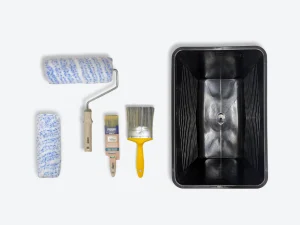How To Fill Exterior Wall Holes
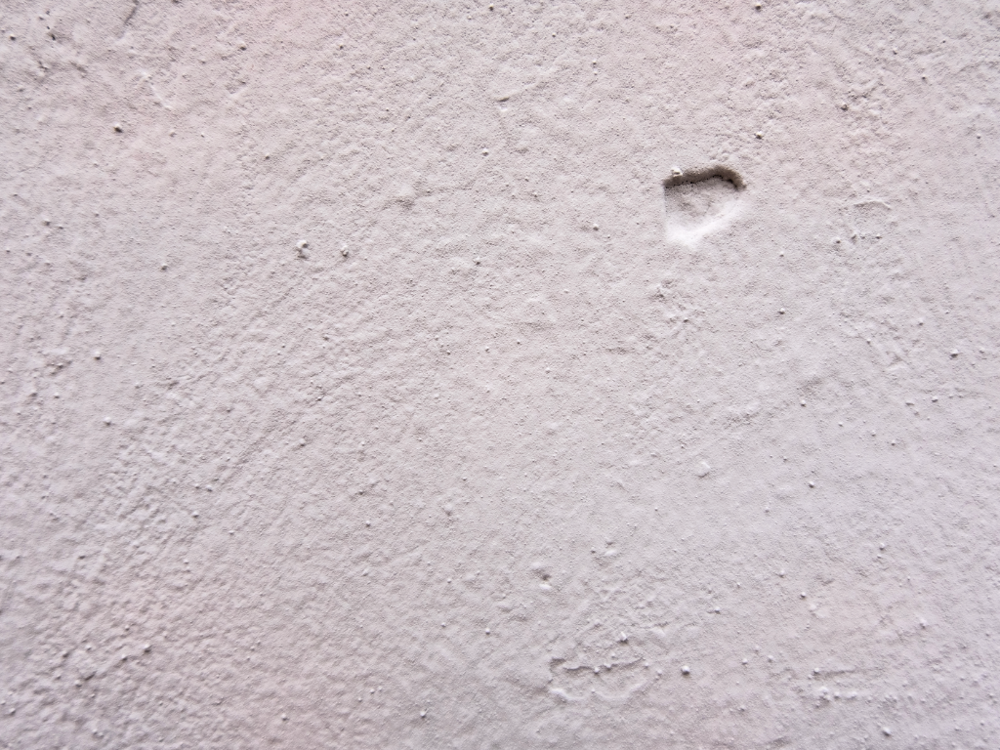
Holes in exterior walls can be a problem both for the appearance and the performance of your home. Our full guide on how to fill exterior wall holes covers everything you need to know to keep your home protected and looking beautiful.
What Can Cause Holes In Exterior Walls?
Holes can occur on exterior walls for a wide range of reasons, with some being more obvious than others.
The most simple explanation for exterior holes developing is from fixings such as aerials or hanging baskets that have been removed. Once the hole is opened, the patch of wall is left prone to water entering, which is why it is important to fill the hole as soon as possible.
If the hole hasn’t been created by any fixings or damage to the wall, the other explanation could be that the wall has suffered from movement or another form of external damage. There are three main reasons behind damaged exterior walls; settlement, thermal movement and moisture.
Each of these issues result in the exterior wall moving, which can cause exterior render to become unsound and eventually delaminate from the wall for example. The holes caused by this movement can enlarge over-time, causing other parts of the wall to become damaged as water enters the wall.
How To Fill Holes In Exterior Walls
In order to prevent any moisture getting into your home and leading to damage and damp problems, it is crucial to fill any exterior holes. The process for filling the hole can depend on the type of wall you have and the depth of the hole.
If you have an exterior wall that you plan to paint such as brick, concrete or render, the best way to fill exterior wall holes is to use a masonry filler. These are designed for external use, providing a strong, durable surface that can be painted.
If you have a bare masonry wall that you plan to keep its natural finish, you need to ensure any repairs are made discretely. In many cases, holes on natural brickwork are from missing pointing that has dropped out. The best way to repair this is to use a mortar mix to repoint the area.
Our how-to guide is going to primary focus on filling exterior walls using a masonry filler, as filling exterior walls before painting them is the most common scenario.
YOU WILL NEED:
- Masonry filler
- Emperor Textured Basecoat (if required)
- A wire brush
- Sandpaper
- Filling knife
- Masonry cleaner
- Power washer (if possible)
- Masonry paint
- Long-pile roller
- Primer (if required)
1. IDENTIFY THE HOLE
As with any project, accurately establishing what work needs to be carried out is the first port of call.
At this point, check the surface is sound. On render, tap on the surface in various areas. If you can hear that the surface is hollow, you must remove this as eventually this will completely fail if it isn’t fully repaired. If repairing a brick wall, check that all the pointing is sound and remove anything that is not fully adhered to the wall.

2. CLEAN THE SURFACE
Before you make any repairs to the exterior wall, we advise cleaning the surface as the cleaning process can help dislodge any loose material.
You can clean the wall using a hose-pipe, pressure washer (on a low pressure setting) or a stiff brush and hot soapy water. This stage of the cleaning process removes any surface level dirt and grime.
Allow the wall to dry before applying a masonry cleaning solution such as Emperor Exterior Cleaner that contains a fungicide. A fungicidal wash will kill any organic growth that is on the wall, ensuring once painted that this organic growth will not regrow. If the wall doesn’t suffer from organic growth then this step is optional, however it is recommended in order to reduce the risk of issues. Simply apply the cleaner to the surface using a brush, roller or pump-sprayer and leave for a minimum of two hours to fully dry.
3. REMOVE DEBRIS
The key to creating a strong and solid repair is to ensure the hole you are filling is completely sound and there is no rumble that can impact the filler from adhering to the surface. Remove all debris and clean inside the hole as much as possible to create a sound base to repair.
4. FILL THE HOLE
You can use any suitable exterior masonry filler to repair cracks. When choosing what filler to use, ensure it is suitable for the size of hole you are repairing. For example, some fillers have what is known as a ‘depth limit’ which determines how deep a hole they can repair. Many exterior fillers will have no depth limit, however we recommend checking to be sure. We also recommend using a good quality filler as this reduces any chance of failure or cracking. An example of a good quality masonry filler is Toupret Masonry Repair Filler.
Using a filling knife, work the filler back and forth into the hole to ensure the defect is filled as much as possible. Slightly overfilling the crack can help counter any shrinkage as the filler dries.
It can take as long as 48 hours for the filler to completely dry. Once dry, simply sand the surface down to achieve a smooth, flat surface. If you have a smooth render, try to sand the filler back to blend the repair in with the original surface.
If you are unable to match the repair to the original surface, for example if you have a textured wall, Emperor Textured Basecoat is an ideal solution. Emperor Textured Basecoat is designed to disguise repairs that are made the textured surfaces, allowing you to mask the repair and create a textured finish to match the existing wall. There are three textured rollers to choose from; smooth, medium and rough texture. This allows you to create different textures depending on the surface you are trying to blend the hole into.

Start by loading your chosen roller or a paint brush with the Emperor Textured Basecoat and apply it to the wall.
The basecoat will allow you to mimic the existing textured surface and then can be left to dry. Once dry it will create a solid, textured finish that can then be painted.
If using one of our Emperor Textured Rollers, the more you roll over the surface, the smoother the texture you will create. If you are looking to match a heavy, rough texture, simply roll over the wall once or twice to avoid smoothing out the texture you have created.
5. PAINTING
Once you have made any repairs to the wall, you can then decorate the wall to give it a new lease of life. Painting the wall using a super hydrophobic masonry paint such as Emperor Masonry Paint can also help prevent any further damage to the wall by preventing water from absorbing and thus reducing the risk of movement in the wall that can lead to cracks and holes.
When painting exterior walls, using a long-pile roller is recommended as this is the most effective roller at painting larger areas of masonry. The long fibres ensure all of the nooks and crannies on the wall are evenly painted.
Before applying the paint, you need to prime any bare, unpainted areas including the area where you have applied to the masonry filler. This is because bare surfaces require a primer to help the paint adhere to the surface. Most masonry paints have a special primer that is designed to be used with that paint. Emperor Masonry Primer for example is designed with use with Emperor Masonry Paint.
Starting at the top of the wall, use a paint brush to ‘cut in’ all of the edges. Once the edges are painted you can then use your long-pile roller to paint the rest of the wall, working the roller in long, vertical strokes.
Allow the paint to dry fully before applying your second coat. This can take up to 8 hours, however we recommend checking the datasheet of your chosen masonry paint. The lower the temperature, the longer the recoat time will be.
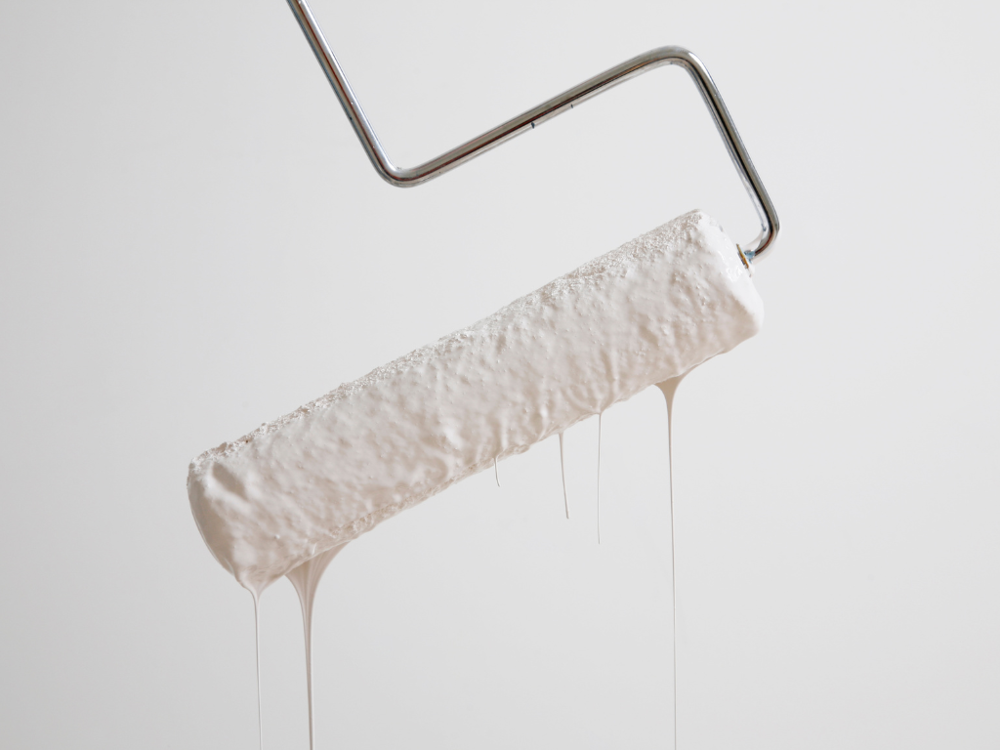
We hope we have answered any questions you may have had regarding how to fill exterior wall holes. If you have any other questions or would like advice, feel free to get in touch with our team of experts who are on hand to assist you. Contact them today by emailing [email protected] or calling them on 01254 936121.


